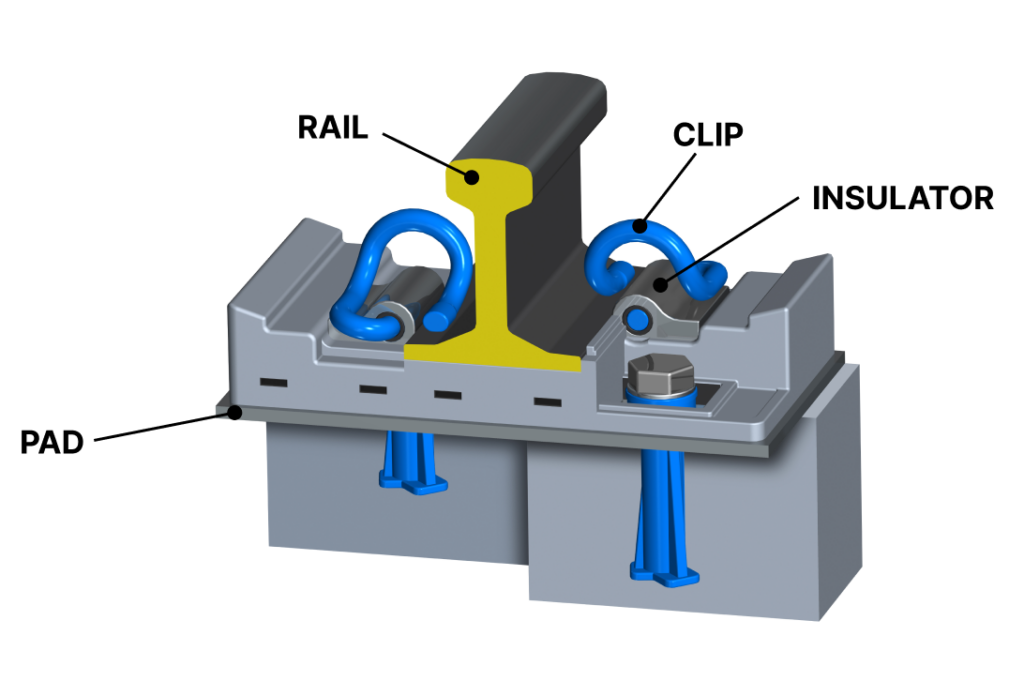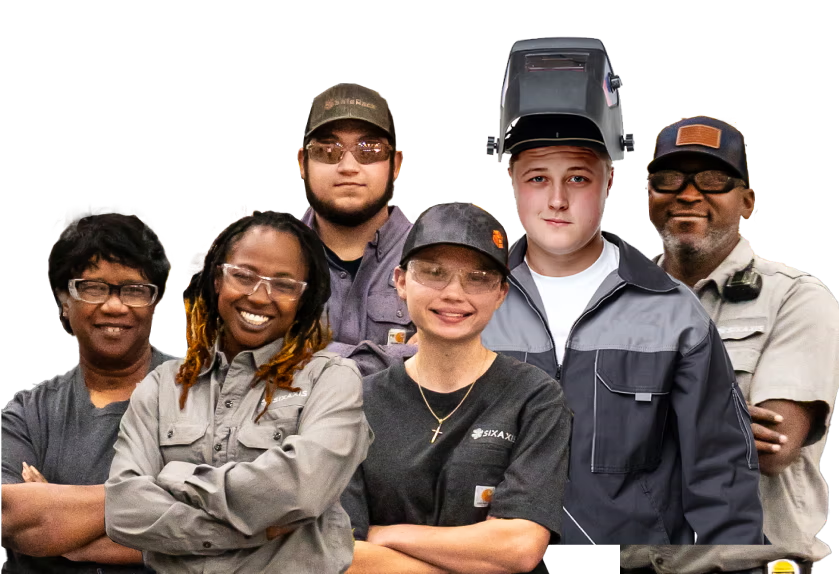A rail clip is an essential fastening device that secures steel rails to railway sleepers. These clips ensure reliable connections between rails and sleepers while maintaining track integrity during temperature-induced expansion and contraction. Rail clips also absorb shock produced by passing trains, reducing stress on the track structure.

Overview of Rail Fastening Systems
Rail fastening systems secure running rails to sleepers, bearers, or other rail supports through various mechanical components. These systems have evolved from simple wooden pegs in prehistoric trackways to sophisticated elastic fastening mechanisms used in modern railways. Today’s rail fastening systems must withstand heavy loads, constant vibration, and environmental stresses while maintaining precise track geometry.
Common rail clip types include E-type rail clips, SKL rail clips, and fast clip fasteners, each designed for specific applications and track conditions. Properly designed and installed rail clips reduce maintenance costs, minimize derailment risks, and extend railway infrastructure lifespan. SafeRack complements railroad infrastructure safety with specialized equipment for railcar loading areas, including track pans and spill containment systems that meet SPCC and EPA requirements.
Learn more: Core Components of a Rail Fastening System | Railroad Construction Facts
Frequently Asked Questions
Quality rail clips typically last 20-30 years under normal operating conditions. However, replacement frequency depends on factors including train frequency, axle loads, environmental conditions, and clip material. Regular inspections help identify clips requiring replacement due to fatigue, corrosion, or mechanical damage.
While technically possible in emergency repairs, mixing clip types on the same track section is not recommended. Different clips have varying clamping forces and elastic properties, which could create uneven rail support and accelerate wear. Consistent clip types ensure uniform track behavior and simplified maintenance.
Rail clip failure typically results from metal fatigue due to repeated loading cycles, corrosion from environmental exposure, improper installation torque, or excessive lateral forces from heavy cornering. Manufacturing defects and using clips beyond their designed load capacity can also contribute to premature failure.



